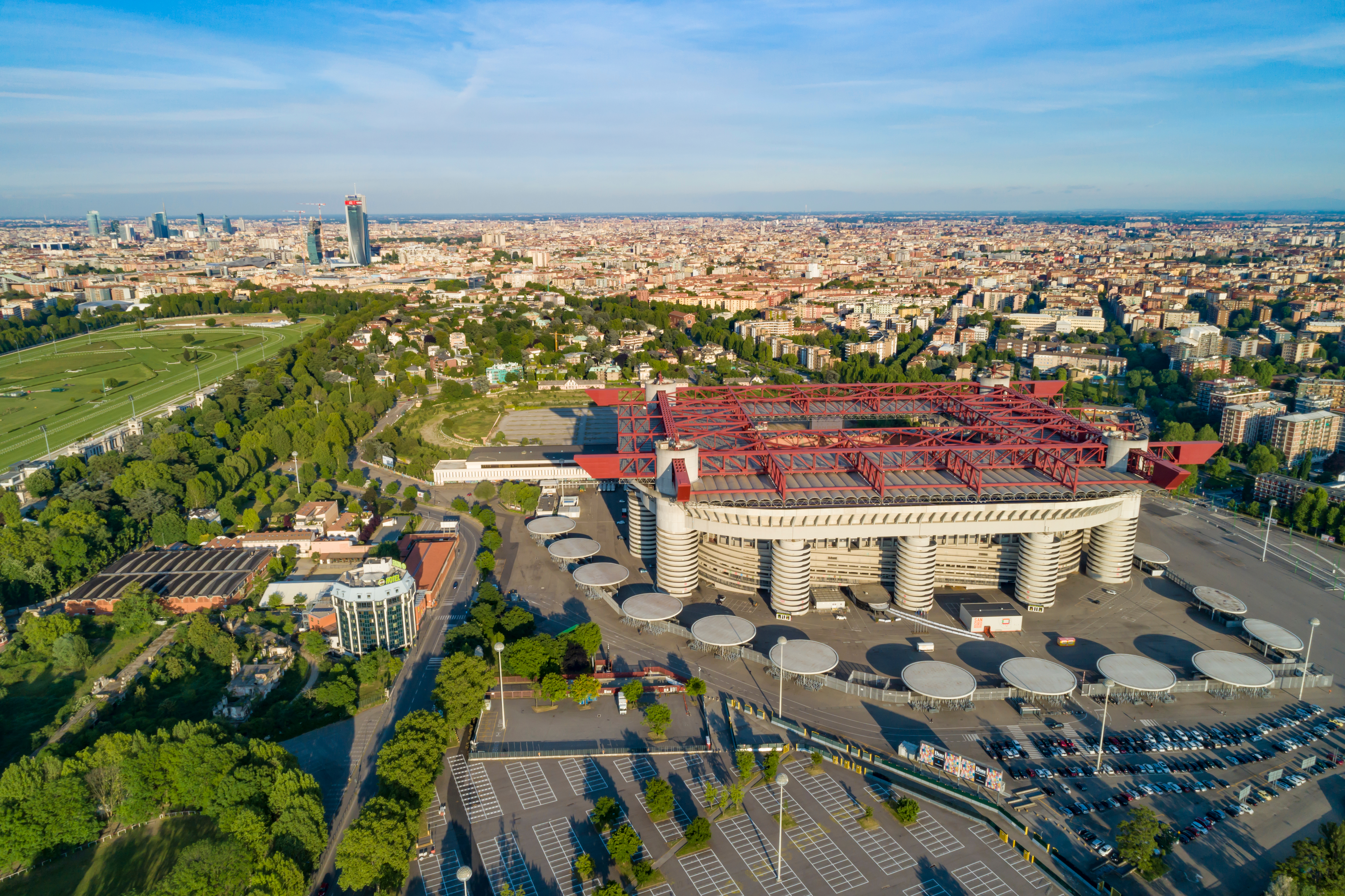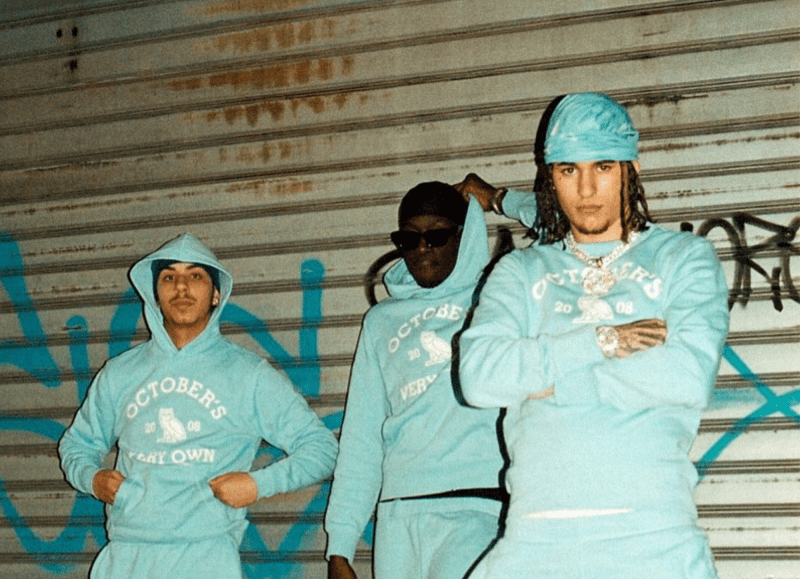In Italy, drill music — a subgenre of hip hop — has broken into the mainstream.
It’s been barely three years since the release of the genre’s first viral track, Vale Pain’s and Rondodasosa’s “Louboutin”, but songs from the (currently male-dominated) drill scene have since then collectively amassed hundreds of millions of online streams and views. A handful of new, commercially successful artists have emerged.
But the increased exposure of drill caused by its flight from the underground has also resulted in a public backlash. Opposition to drill, both in Italy and internationally, has included criticism by politicians of varying party lines on social media and, perhaps more alarmingly, the banning of a handful of drill artists from performing. Echoing the reaction to the rise of drill in other countries, sections of Italy’s political and legal establishment see the genre as a threat, it’s clear. But why has drill music become so controversial, and are the fears justified?
Why the backlash?
Italian drill owes much of its musical style to versions of the genre that have emerged in Chicago and London over the last ten or 15 years. Its defining characteristics include a raw, gritty sound, a harsh and intense rap delivery, and lyrics that, according to critics, are nihilistic and recklessly violent.
Undeniably, violence is a dominant thread in the lyrics of drill music, to say nothing of the culture surrounding it. To take one example, Baby Gang’s “Rapina” (which translates as “robbery”) describes the young drill artist’s involvement in a real-life attempted train heist, and it is further brought to life by the accompanying music video which re-enacts the scene. Sections of the song’s lyrics demonstrate why some accuse the genre of glorifying violence: “Maybe you better stay calm/ I’m aiming straight for the heart/ Baby was on trains/ He robbed trains.”
Meanwhile, according to a recent report, the brinkmanship that often characterizes the lyrics of drill songs, combined with the genre’s proximity to gangs, means there is greater potential for violent lyrics to provoke real-life violence.
Is the reaction justified?

Although it is easy to see how songs like “Rapina” cause alarm, the heavy-handed treatment of drill music by the authorities in Italy and beyond is also concerning. A few years ago in Britain, drill artists Skengdo and AM received suspended jail sentences for performing a song at a venue in Camden, London that was deemed to have “incited and encouraged violence against rival gang members.” The ruling was unprecedented in the UK, but similar actions have been taken against drill artists in Italy as well.
In the summer of 2021, Baby Gang and fellow rapper Rondosasosa were involved in an early-hours altercation at a Milan nightclub. After the confrontation the city’s metropolitan police issued the pair a Daspo (Divieto di Accedere alle manifestazioni Sportive), a type of restraining order originally designed to prevent trouble from erupting at soccer matches, but one that is now applied to other forms of public misbehavior. Using a similar justification to the British case — the incitement of violence — the order banned Gang and Rondo from performing in Milan for two years.
Although in this instance the Daspo appears to have been issued in response to genuinely antisocial behavior, some have questioned the wisdom of depriving young, potentially crime-prone men of their source of a legitimate livelihood. A comment Baby Gang made in a recent interview touched on this: “They [the authorities] are trying to put us down and push us back onto the streets, then lock us up for the rest of our lives.”
Meanwhile, evidence of the connection between violence in songs and violence in real life is, at best, inconclusive. The phenomenon of drill artists threatening rival gang members in songs muddies the waters somewhat, but it is misguided to make literal interpretations in a genre in which — like in the rest of the rap world — posturing, fantasy, and wordplay are fundamental. For this reason, there has been widespread opposition from those within the industry to the practice of using lyrics as evidence in criminal proceedings.
The roots of drill

In any case, the furor over the content of drill music risks overlooking a bigger issue.
What’s missing from the public discourse on drill — in Italy, at least — is a conversation about the plight of the young men who create it, and those in their communities. One reason for drill’s popularity in Italy — aside from offering a form of entertainment and escapism to those otherwise unconnected to the genre — is that it gives a voice to marginalized demographics.
It’s no accident that drill’s Italian roots are in San Siro, the Milan suburb famous for its historic soccer stadium. Most of the thousands of soccer fans who visit San Siro each year from other parts of Italy and Europe probably aren’t aware of the fact that the neighborhood has one of the highest per capita concentrations of immigrants in the whole of Italy — something that is reflected in the diverse ethnic makeup of the drill scene itself. Incidentally, soccer jerseys are a regular feature in drill music videos (one example being the Moroccan-Italian artist Neima Ezza’s “Zlatan,” which pays homage to the veteran AC Milan striker Zlatan Ibrahimovic). In a way, the jerseys’ presence in drill culture symbolizes both a local pride and a defiance against a system that has rejected them.
In San Siro, 50% of the community is of non-Italian origin, and because of this the neighborhood is a kind of bellwether for understanding Italy’s rapid transformation into a multicultural society. Today, Italy’s foreign-born population is five times higher than it was at the beginning of the century.
However, in part due to the inability and unwillingness of the Italian state to tackle the challenges associated with rapid demographic change, migrant groups like those living in San Siro have struggled to integrate. For example, unlike in other parts of Europe, those born in Italy to foreign parents can only apply for citizenship once they reach the age of 18, and even then the process is complex and convoluted. This makes getting a job difficult, and in turn crime can become a more tempting life choice.
At the same time, as immigrant-baiting becomes more prevalent in Italian politics, and as the victims of racist attacks accumulate, much of Italian society continues to turn a blind eye to the country’s racist past and present. As the writer Nadeesha Uyangoda argued recently, “people don’t want to even say the word racism in Italy, let alone talk about it.”
Rather than stigmatize the drill artists themselves, what is perhaps needed is a greater appreciation of the experiences that have inspired their music, and which help explain the genre’s popularity among Italy’s youth.









